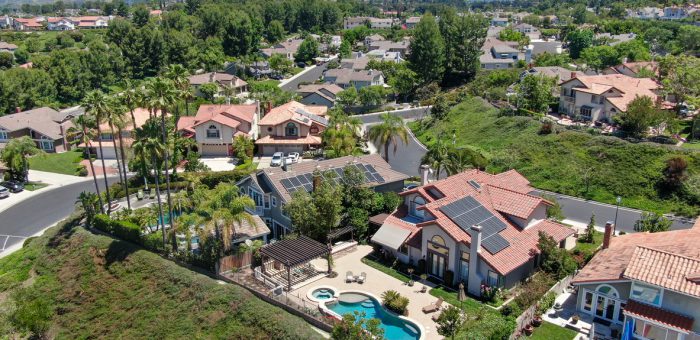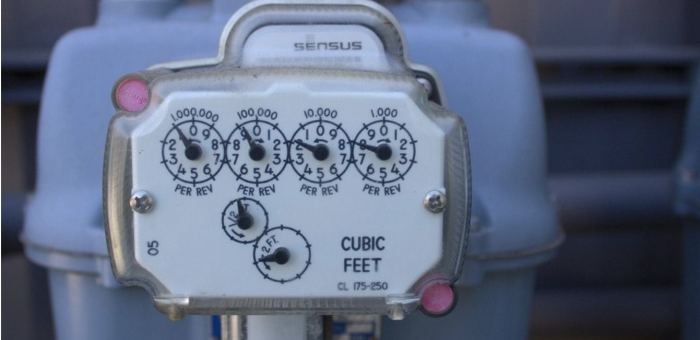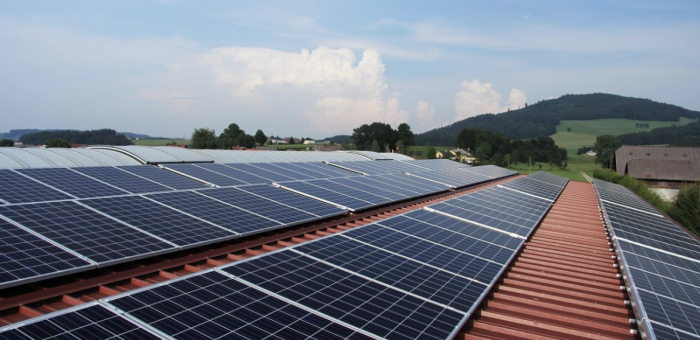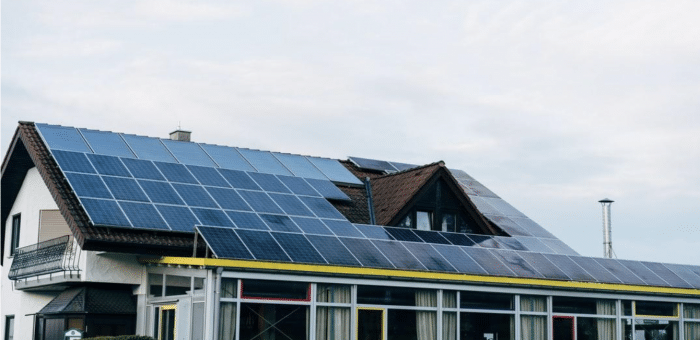Electric vehicles, including all-electric (also called battery electric vehicles or BEVs) and plug-in hybrid vehicles (PHEVs), have been growing steadily in popularity. One of their biggest draws is that they produce little to no emissions, helping to reduce your carbon footprint. They also help you save money on gas. PHEVs use less fuel, while all-electric cars use none. Instead, you charge them with electricity.
[carfirst]
In addition to using public charging stations, electric car drivers can also “refuel” their vehicle’s battery at home. However, many people believe that doing so will significantly increase their monthly power bills.
A great energy plan with a low rate is one way to combat an increase in electricity demand when charging an EV at home. Power Wizard can show you the best plans with the lowest rates based on your unique needs.
Are you thinking of buying an electric vehicle? Here’s what you need to know about the cost of charging an EV at home.
What are the electricity costs for electric vehicle charging?
The cost of charging an electric vehicle at home depends on several factors:
Cents per kWh
The price you pay per kilowatt-hour (kWh) or the cost of electricity for home use is the same price you’ll pay to charge your EV at home. If you don’t know your energy rate, you can find it on your most recent power bill or the electricity facts label (EFL) document you received when you first signed up for your plan; it may be listed as the “energy charge.”
[ctafirst]
Time of day
Fixed-rate energy plans charge the same rate, regardless of your electricity consumption habits, for the duration of your contract period. However, rates for time-of-use plans vary based on the time of day you’re drawing power at home. Peak charges are higher during the day and lower (or even free) at night. The price per kWh for variable rate plans can change monthly. They also tend to rise during the warmer months of the year.
In short, the type of electricity plan you have can have a significant impact on your at-home EV charging costs. You can use Power Wizard to quickly sort through different options, and based on your location and home’s historical electricity usage, make an informed decision as to the best ones for your unique needs.
Miles of range
The more miles you add back into your battery, the greater your charging costs. For example, charging from 20% to 100% will cost more than if you were to charge from 60% to 100%. Different EVs have varying miles of driving range, too. The cost to add 40% of the driving range back into a base trim level 2022 Kia EV6 will differ from that of adding the same percentage back into a standard level 2022 Nissan Leaf.
[ctafirst]
How do at-home charging costs compare to public charging?
The cost of charging an EV with a public charger depends on various factors, one of which is the specific charging network you use. The EVgo network, which requires you to sign up, can cost you $0.30/kWh for fast charging with the Pay As You Go membership. Other membership levels have cheaper charging prices, but you have to pay a monthly membership fee to access them. Blink chargers cost $0.39 to $0.49/kWh depending on membership status.
Electrify America chargers charge by the minute in Texas. Guest and Pass members pay $0.16 or $0.32/minute for fast charging, whereas Pass+ members pay $0.12 to $0.24/minute plus a $4 monthly fee. Leaving your car plugged into an EA charger after your vehicle finishes charging can also result in a $0.40/minute idle fee after a 10-minute grace period.
Some networks do offer free charging periodically throughout the year. For example, select Tesla Supercharger networks had free off-peak charging during the Fourth of July weekend. Electrify America occasionally offers holiday weekend promotions, too.
While the cost of public charging varies, it’s generally more affordable to charge at home. The average residential electricity rates are lower than most public chargers, meaning you’ll pay less per kWh to “fill” your vehicle.
[ctafirst]
Charging at home is also a lot more convenient, especially if there aren’t a lot of public charging stations in your area. There’s nothing worse than arriving at your nearest charging station with a low battery only to find there aren’t any open plugs. In such cases, at-home charging helps you avoid the stress of trying to locate another available charger within range.
Even so, having access to public chargers is still essential for electric car owners. They make owning an EV much easier in a range of situations, including:
- Living in an apartment with limited to no on-site charging available
- Finding you don’t have enough miles left to make it home
- Planning a road trip in your EV
Additionally, compared to gas prices, public charging is more affordable than filling the tank of a traditional vehicle.
What should you consider if you are looking for a home electric car charging option?
If you decide you want to charge your EV at home, here are a few things you’ll want to keep in mind when you start shopping for a charging unit:
Energy demand of your vehicle model
Every EV has an internal or onboard charger that converts the alternating current (AC) power it receives into direct current (DC) energy. The vehicle’s battery stores that energy for use when you drive.
[ctafirst]
An EV’s onboard charger also determines its charging speed. Power acceptance rates vary between different models:
- Toyota Prius Prime: 3.3 kW
- Nissan Leaf: 6.6 kW
- Chevy Bolt: 7.2 kW
- Tesla Model 3 (standard): 7.7 kW
- Hyundai Ioniq 5: 10.9 kW
- Kia EV6: 11 kW
- Porche Taycan: 11 kW
The higher the power acceptance rate of an EV’s onboard charger, the faster it can charge.
You’ll want a charger that can at least meet the power demand of your particular vehicle. One that charges significantly faster than your EV can accept could mean you’re wasting money. However, if you plan to upgrade in the future, paying the upfront costs now could help you avoid having to replace a slower charger later.
Charger configuration
EVs have three levels of charging:
- Level 1
- Level 2
- Level 3 (DC Fast Charging or Supercharging)
When you charge at home, you’re using either Level 1 or Level 2. Level 1 involves plugging your charging equipment (which may be included with your car when you buy it) into a standard 120-volt wall outlet. While convenient, this is also the slowest charging method.
Level 2 uses a 240-volt outlet and requires the purchase of a separate charger. You may also want to have a professional electrician install it for you.
Most EVs need a Level 1 or Level 2 charger with an SAE J1772 connector. The only exception to this is Tesla. For Level 1 charging with a 120-volt outlet, you would need a NEMA 5-15 adapter. Or, for Level 2, you can install the Tesla Wall Connector.
Rapid chargers
Level 3 charging is the fastest way to charge your electric vehicle. Depending on your particular car, you can recharge the battery to 80% in less than 30 minutes. However, DC Fast Charging and Supercharging aren’t available for at-home charging.
[ctafirst]
Note: Some EV makers are producing cars with onboard chargers capable of a power acceptance rate of 22 kW. Thus, 22 kW charging units are available for home use. While these chargers provide upwards of three times faster charging than Level 2 units, their ability to charge at these speeds depends on your home’s wiring.
Battery storage
In general, electric vehicle battery sizes range from around 30 kWh to 100 kWh. Plug-in hybrid vehicles have much smaller batteries, while newer all-electric cars have batteries reaching up to 200 kWh. The larger the battery, the longer it can take your car to charge, especially if you’re charging at Level 1.
Is an at-home charging station worth it?
While at-home EV charging does add to your electric bill, the increase isn’t necessarily as significant as some people believe. In fact, it’s generally more affordable to charge your car at home than it is to use a public charging station. It’s also cheaper than filling the tank of a traditional gas car.
Whether you’re already an EV owner or thinking of purchasing your first one, review your current energy plan when installing an at-home charger. A too-high electricity rate can make charging your car more expensive than it needs to be.
Power Wizard can help you find a more suitable plan with a better rate, helping you to keep your charging costs (and overall home energy costs) low. For more information and to start shopping for energy plans, visit Power Wizard today!
[ctafirst]







